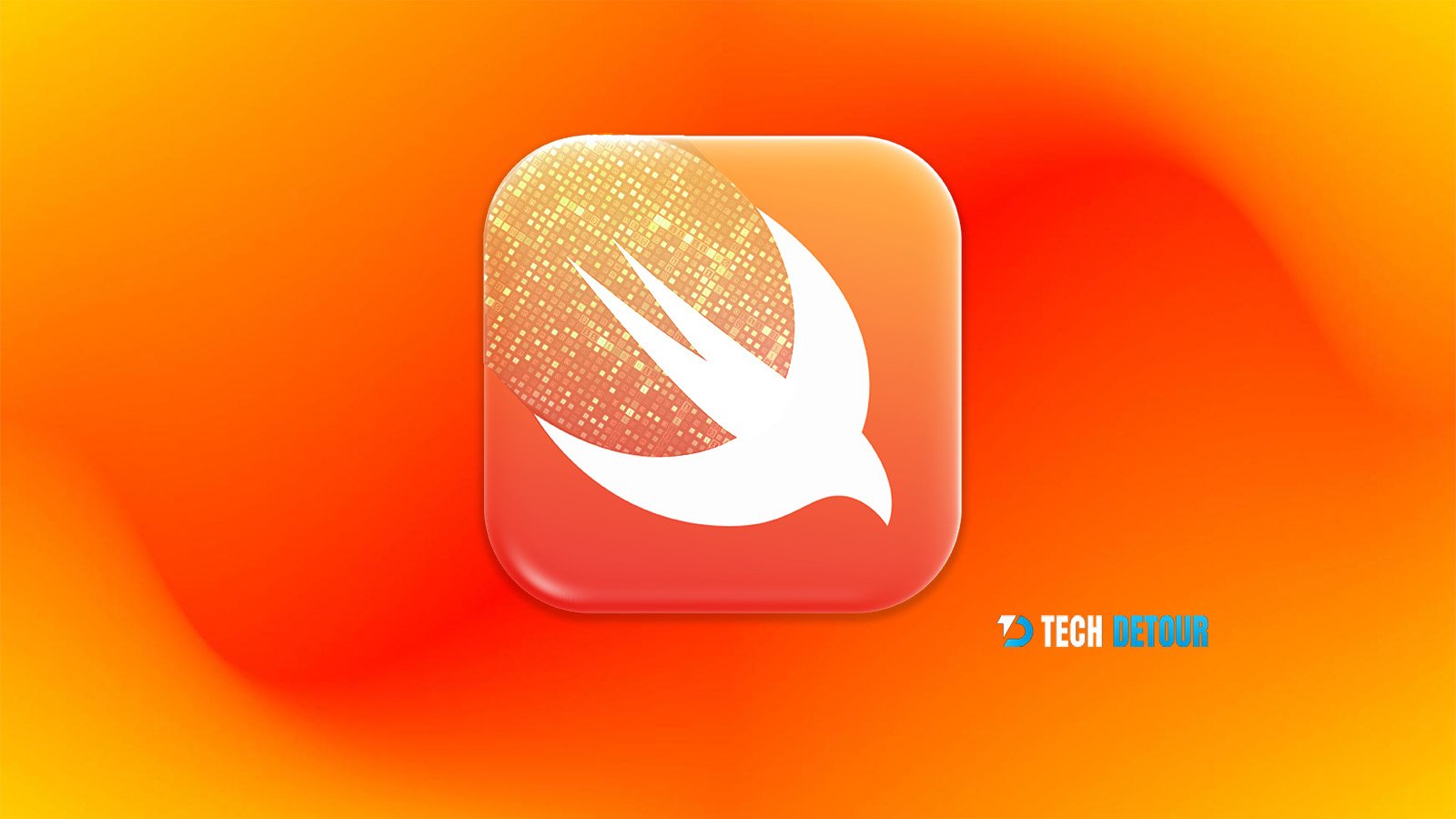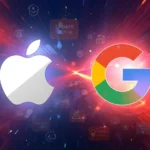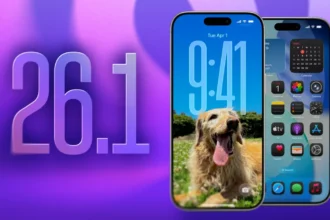Things change with time, often moving toward simplification. Before June 2025, Apple only worked on its own ecosystem of tools and platforms. The innovative tech giant’s support was limited to iOS, macOS, and its official development tools. Now, with Swift officially gaining support for Android through the Swift on Android Working Group, app development trends are shifting.
For example, launching a mobile application for iPhones and Android phones, developers do not need to use a separate coding language and tool. While using Swift for Android, developers can write code for a mobile application for both platforms in one language. It will save expenses while allowing developers to add more creativity and quickly complete their projects.
What is Swift?
Swift is Apple’s open-source programming language launched in 2014. It was especially made for iPhone, Macs, Apple Watches, and Apple TVs. Later, it became compatible with Linux and Windows, so developers could use it to launch mobile applications on different platforms.
Now, Apple has officially announced extending Swift’s interoperability with Android. It also highlights Apple’s focus to enhance smooth interaction between Swift and Android systems.
Apple’s key focus areas in Swift’s Android expansion
The world’s leading tech firm has formed a special group dedicated to improving Swift’s compatibility with Android. These efforts reflect Apple’s clear focus to make app development easier and better using Swift. Bringing forward the cross-platform language as the primary language in app development for both iOS and Android. To achieve their objectives, the group follows a set of roadmaps:
- Working to eliminate the need for extra development tools in Swift development.
- Updating core Swift libraries such as Foundation and Dispatch to align with Android’s system.
- Finalizing supported Android API levels and devices for Swift support.
- Integrating Android testing system with Swift’s automatic testing system.
- Enhancing Swift’s working with Android’s Java system.
- Improving debugging tools so finding and fixing problems becomes simpler.
- Providing a proper guide about using Swift tools and libraries to work on Android.
Was Swift for Android possible before?
Yes, but it was complex. Developers had to rely on third-party solutions such as the Scade framework or build their own setup. These methods needed a lot of custom configurations and didn’t fully support Android features. It was also hard to maintain because Swift updates also often caused compatibility problems.
Challenges with third-party tools
Using third-party tools was a real challenge for developers because it increases the chances of losing code consistency. Moreover, developers also face the following challenges:
- Hard to use.
- Compatibility issues with Android.
- Maintaining code becomes a challenge with every Swift update.
Now, Apple is working to solve these problems to make Swift a trusted and easy option for Android app development.
Why does Swift for Android matter?
Swift for Android matters because this unification reduces a lot of developers’ time and effort. It will save them from separately writing code for both platforms, iOS and Android. Moreover, the merging of development workflows allows developers to achieve consistent outcomes across platforms. Swift developers can write code on Android phones in the same way as they do on iPhones.
Do Swift developers need another language to use Swift for Android?
Swift developers do not need to learn a new language like Java or Kotlin to use Swift for Android. It is because Kotlin, (used for Android applications) and Swift share a lot of similarities. For example, both languages use modern syntax and a clear structure. It simplifies adding new features or quickly finding bugs because the codebase is the same.
Leveraging their familiarity, iOS developers can work with tools like Swift Package Manager (SPM) and Gradle. It will help a smoother transition into Android development using Swift.
Why will developers love Swift for Android change?
Swift for Android change is a big relief for developers. Writing the same code on different platforms is like making the same dish in two different kitchens. Swift’s expansion to Android reduces developers’ efforts by half. At the same time, it saves them from complications of third-party configurations.
Android development with Swift also makes it easier to add small changes when needed, that look natural on iPhones and Android phones. It also plays a significant role in maintaining design and platform consistency on both platforms.
Can You Use Swift for Android?
Yes, Swift can now be used to develop Android apps natively. After the official support, developers can compile code directly for Android devices similar to Java and Kotlin.
Apple announced official support in June 2025, so it would be too sooner to say that developers can build entire Android UI using Swift.
Currently, developers must not expect results like Swift UI for iOS or Jetpack Compose for Android. Apple’s working group is still improving Swift tools to better handle Android UI design.
However, developers can start writing some important parts of their mobile applications like designing app functionalities and storing data.
Wrapping up
Apple’s embrace of Android in the mobile app development space could be a major turning point for the industry. It also simplifies the process of writing code, helping developers to achieve results faster and reliably.
The entry of Swift in the Android ecosystem is still on the way, but it is confirmed that Swift is not only for Apple.
Stay connected with Tech Detour to keep up to date with the evolution of Swift for Android. Follow us to get the latest tech updates, expert insights, and career guides in technology.



















